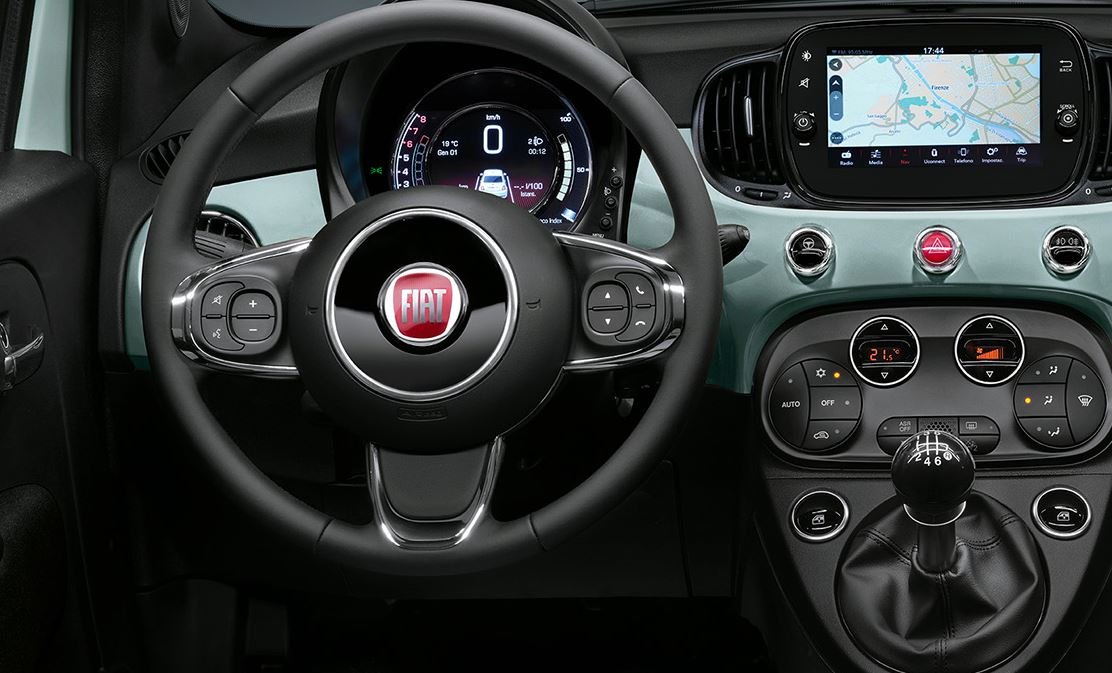The factory’s production is expected to reach 7 Fiat Doblò commercial vehicles and 1.000 Fiat 500s by the end of July.
So far, Stellantis has carried out 130 thousand hours of training for its teams at the Oran plant in automotive industry sectors such as assembly, quality and logistics, including 34 thousand hours of training abroad. With the aim of producing more than 40 thousand cars and achieving a local integration rate of more than 10 percent by the end of the year, the factory’s production is expected to reach 7 thousand Fiat Doblò commercial vehicles and the 1.000 Fiat 500s.
Last May 28, the Algerian Minister of Industry, Ali Aoun, received a delegation from Stellantis, led by Samir Cherfan, director of the company in the Africa and Middle East region, to take stock of “the progress of the Fiat brand’s automotive production project in Algeria”. Cherfan had “confirmed the Stellantis Group’s commitment to supporting the development of the automotive industry in Algeria”. During the meeting, the current situation of the assembly plant and the latest developments in the field of automotive production were discussed. In particular, on the occasion “the project that is progressing in the production process of Fiat vehicles, in particular the Fiat 500 and Doblò models” was presented in detail. Finally, the progress made in the implementation of the agreements concluded with suppliers to increase the rate of integration with locally produced components was presented, which according to Cherfan “will reach over 35 percent by 2026”.
Last December 11, the Stellantis Group and the Algerian authorities inaugurated the Fiat plant in the province of Oran, in the west of the country. Located in the industrial area of Tafraoui, the Fiat plant was built on an area of 40 hectares, in addition to a further 80 hectares dedicated to the equipment manufacturers that accompany the plant. It is estimated that 600 people will work in the plant at the time of launch and that the figure will rise to 2 by 2026. Three models will be produced, including the Fiat 500 Hybrid which opened the show, followed by the Doblò in the touring versions (glass) and commercial, with the clause that a new international model will roll off the plant’s production lines in 2026. The agreement signed in October 2022 provides for the production of 60 vehicles in the first year, a figure that will rise to 90 within 12 months . The opening of the second automated production line at the Fiat Oran plant, which will increase production capacity to 60 cars per year, is scheduled for the end of this month.
Parts currently produced locally for Fiat vehicles include seats, carpets, oils and lubricants, plastic parts and tyres. These are relatively easy parts to find in Algeria, but in the meantime the North African country will have to develop its industry to produce more technologically advanced components. According to the Algerian broadcaster “Echourouk News”, the selected suppliers must meet “rigorous requirements in terms of quality, performance and efficiency”. The specifications for the production of the vehicles, published in November 2022, provide for a gradual increase in the rate of integration of Algerian components, which will reach 10 percent after one year of production. According to what “Agenzia Nova” learned, Stellantis would like to go beyond the expected integration percentage and reach around 40 percent in the five-year period. All of this, it is worth remembering, without competing with what is produced in Italy, since the Oran plant will produce for the Algerian and African markets.





